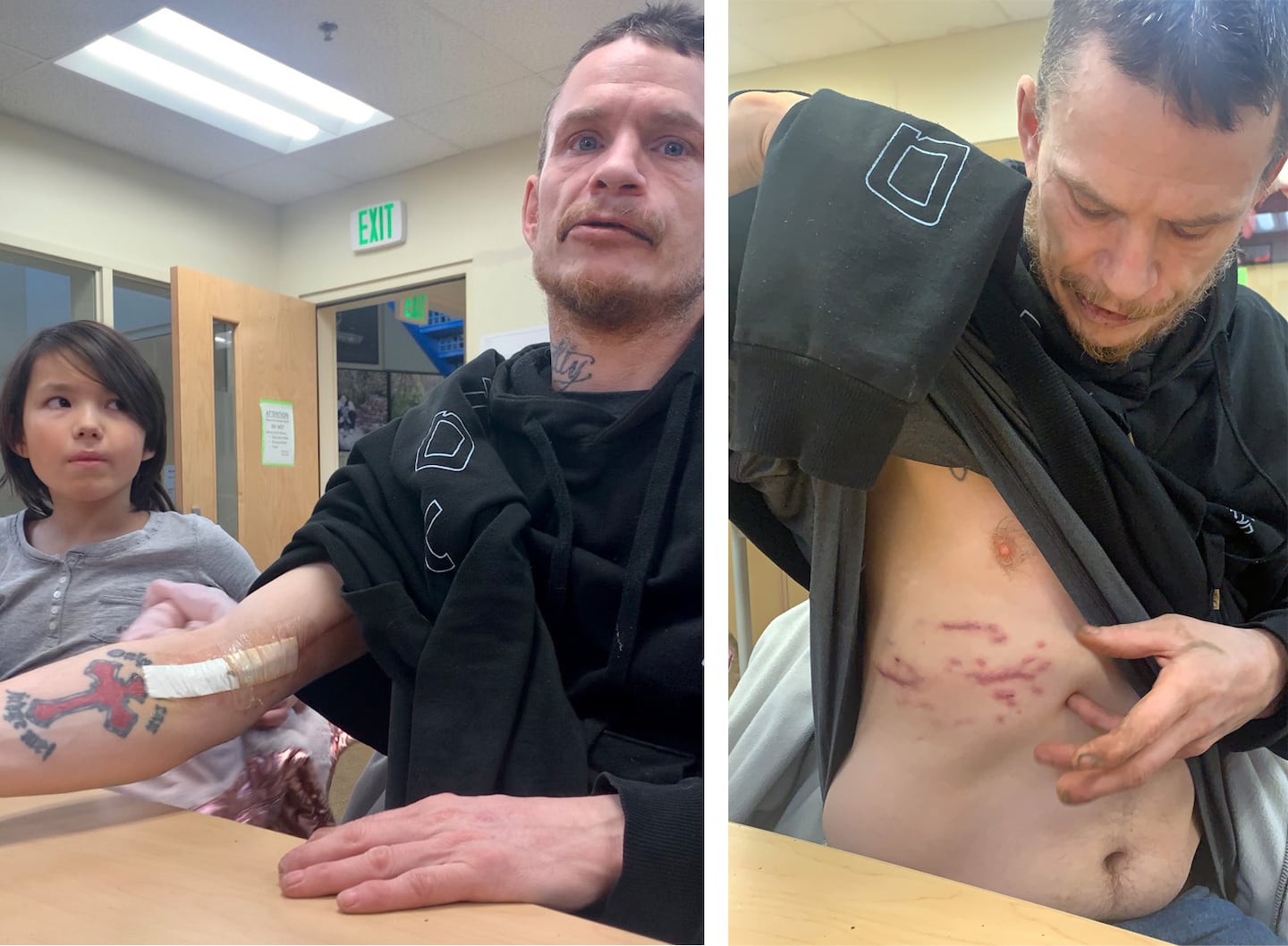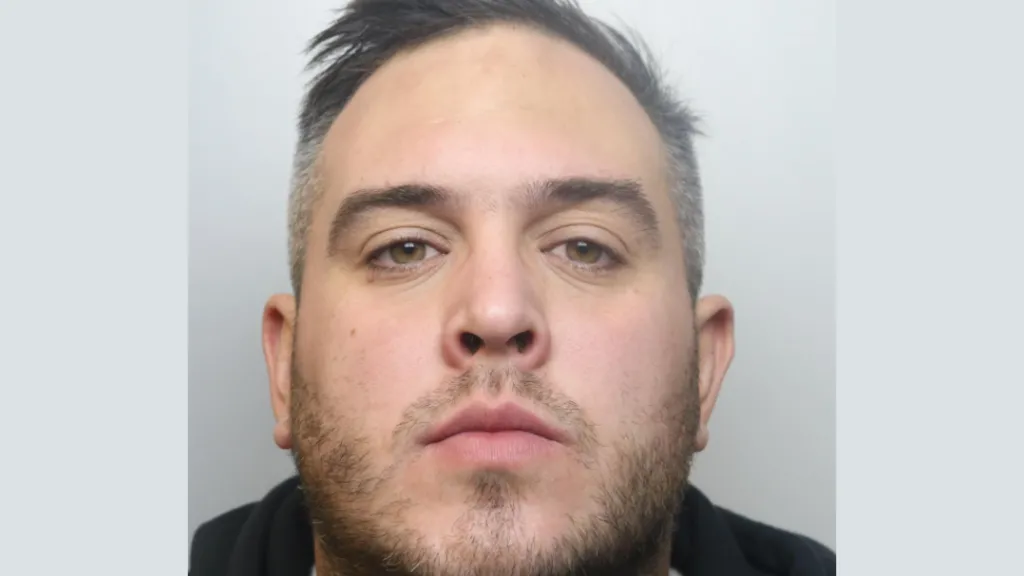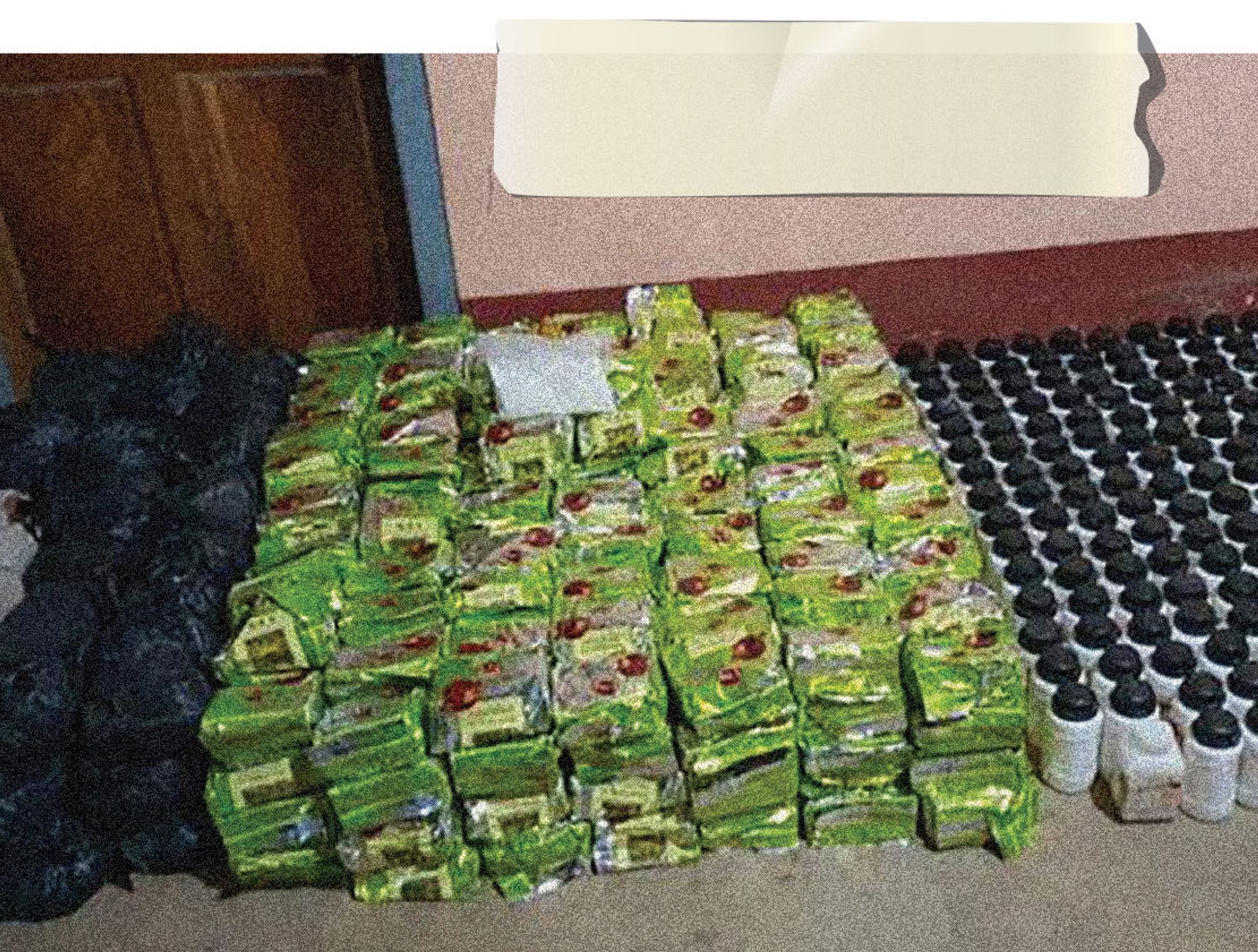In the remote village of Russian Mission, Alaska, Justin Edwards lived a surreal nightmare. After surviving a brutal ambush that left his arm riddled with shotgun pellets, he found himself face-to-face with his alleged attacker, Tyler Housler, who roamed the village freely for months. With no permanent law enforcement presence, residents were left to fend for themselves, sleeping with rifles under their beds and shotgun shells on their windowsills, bracing for potential danger. It took the Alaska State Troopers 110 days to apprehend Housler, highlighting the dire state of public safety in many of Alaska’s rural communities.

This situation was not supposed to persist. In 2019, following a joint investigation by the Anchorage Daily News and ProPublica that exposed significant law enforcement gaps in rural Alaska, then-U.S. Attorney General William P. Barr declared a public safety emergency. Governor Mike Dunleavy pledged to deploy 15 additional troopers to underserved villages, including St. Michael and Ambler, and to enhance law enforcement presence in other remote areas. However, two years later, these promises remain largely unfulfilled. Instead of a substantial increase, the number of troopers in these areas has grown by only half the promised amount.
Compounding the issue, less than $100,000 of the $6 million allocated by the Justice Department to improve rural public safety infrastructure has been reimbursed to villages. Challenges such as recruiting officers willing to serve in isolated areas and securing adequate housing have been cited as obstacles. Meanwhile, communities like Russian Mission continue to experience delayed responses to emergencies, leaving residents vulnerable and eroding trust in governmental commitments. The ongoing lack of effective law enforcement in these regions underscores a broader systemic failure to protect Alaska’s most isolated populations.



